Wooden flooring has become very common lately. People now prefer wooden flooring over tiles and concrete floors. This is because wooden floors are relatively cheaper, more comfortable, and aesthetically pleasing.
Real solid wood is expensive and limited. It cannot cater the huge demand for wooden flooring. The huge demand for wooden flooring has opened the way for large scale manufacturing of synthetic wood. Synthetic wood looks like wood but it is not the real wood. There are different types of synthetic wood. Some have traces of real wood while others are entirely made up of non-wood materials.
Laminate, vinyl, and engineered hardwood are some common synthetic woods used in flooring. They all look and feel like wood. Synthetic wood either contains traces or no real wood material at all.
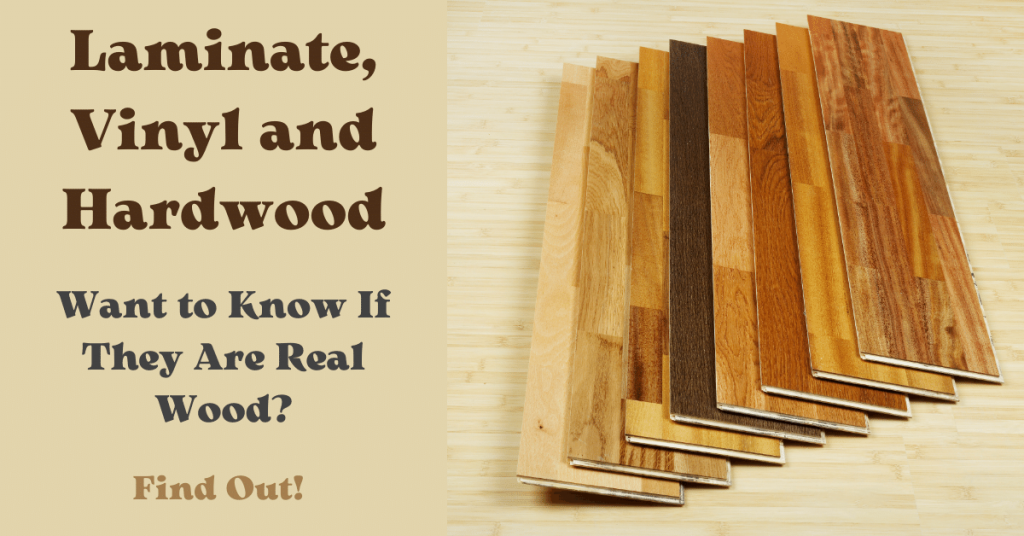
What is Real Wood?
Real wood is a solid which has same chemical composition throughout. Plants are the only source of real wood.
The only source of real wood is plants. You get real wood when you harvest different plants. Real wood is a thorough solid which makes it stronger than synthetic wood. It requires little processing and is almost ready to use after the harvest.
Real wood, because of its solid composition, can sustain many rounds of filing. Moreover, real wood is very durable and can serve generations after generations. Types of solid wood are often the different types of plants such as oak, brown maple, pine, and walnut, etc.
WARNING
Excessive use of real wood comes at the cost of disturbing the natural ecosystem.
On the flip side, real wood is 5 to 10 times more expensive than synthetic wood. Moreover, natural wood is not a good moisture repellant and can deteriorate if used in moist places. Since real wood is expensive and not a good moisture repellant, synthetic wood is a good compromise when it comes to wooden flooring.
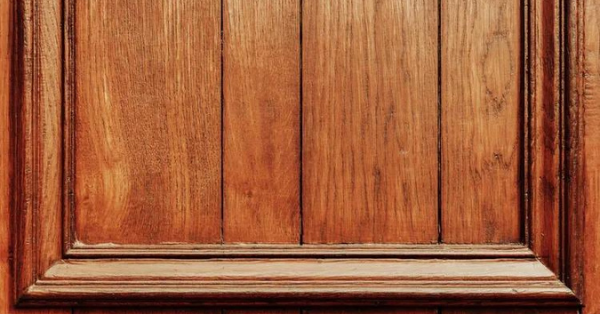
3 Common Synthetic Wood Materials
Synthetic wood is a good replacement for real organic wood when it comes to wooden flooring. Synthetic wood is affordable and looks like real wood. Apart from this, synthetic wood has a good life that serves the needs of many retail customers. The utility of synthetic wood is kept in mind before manufacturing it.
Since synthetic wood is manmade, its properties are carefully choreographed to serve the purpose of comfortable flooring. For example, all synthetic woods are made to be good moisture repellants to protect the flooring. Some common synthetic wood materials used for flooring are:
1. Vinyl Wood
Vinyl wood is not real wood. It is synthetic and manufactured in factories. The primary raw materials for manufacturing vinyl wood are petroleum products. Once made, vinyl is printed with different patterns to give it the look of wood. Often times, some textures are also given to vinyl to make it look and feel like real wood.
Depending upon the quality and texture, vinyl wood can cost anywhere between $2 to $5 per square foot. This material has a good life as well. It can last up to 30 years which makes it reasonably durable as well. So, if you are looking for an affordable option, vinyl wood flooring can serve you well.
However, you should be aware that upon installation, vinyl-based materials can release certain volatile organic compounds in the room. These compounds can affect your health upon long exposure. Once all these compounds are released, the process halts eventually.
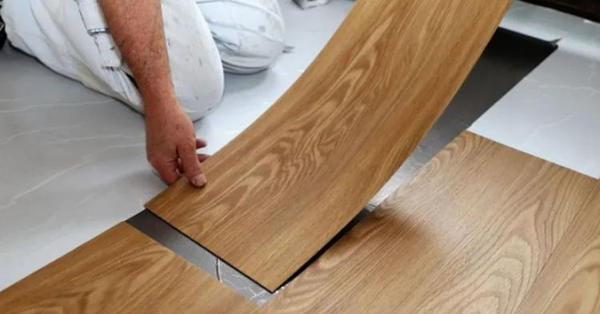
2. Laminate Wood
Just like vinyl wood, laminate wood is not real wood. It is just real wood look-alike. Laminate wood is also synthetic and is made in factories. The difference between laminate wood and vinyl wood is of layers. Laminate wood has different layers whereas vinyl wood is a single layered material.
Laminate wood has a core layer on which outer layers are attached. The core layer in laminate wood is made up of melamine resin or fiber board. All outer layers surround this core layer. The outermost layer is textured and printed to give laminate wood the feel and look of a real wood.
The laminate wood sheets are reasonably durable and easy to clean and maintain. They last up to 25 years. On an average, laminate wood flooring can cost you anywhere between $1 to $5 per square foot. However, if they get damaged, it is difficult to repair them. Moreover, manufacturing laminate sheets is energy intensive and leaves a significant carbon footprint.
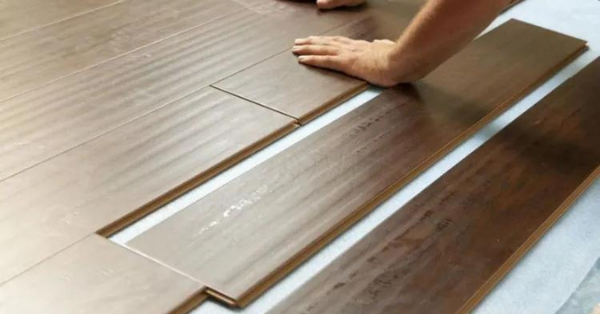
3. Engineered Hardwood
Though not real, engineered hardwood is the closer to real wood in its composition. It is made up of different layers of solid wood or plywood that are glued together at high pressure.
The bottom and middle sections of engineered hardwood are made up of either solid wood or plywood. This gives engineered hardwood the necessary strength. The top layer of engineered hardwood is made up of natural solid wood of desired type and finish. This top layer makes it very difficult for an ordinary person to differentiate either it is real or synthetic wood.
Engineered hardwood is very durable. It can last up to 80 years. It is also very easy to repair it as compared with laminate and vinyl wood. However, engineered hardwood is expensive than laminate and vinyl wood. It is also difficult to clean and maintain.
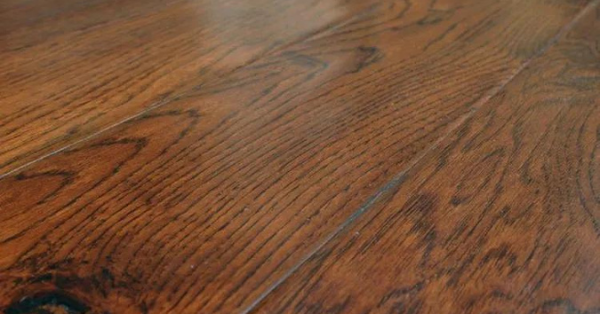
Conclusion
Flooring comes in variety of options. If you are about to install or redo your floor, you must know the differences between vinyl, laminate, and engineered hardwood. These all are synthetic woods that are wood look-alikes. They all are cheaper than organic solid wood and are designed for flooring purposes. Want to know about if bamboo flooring categorizes as solid wood? Check this out:
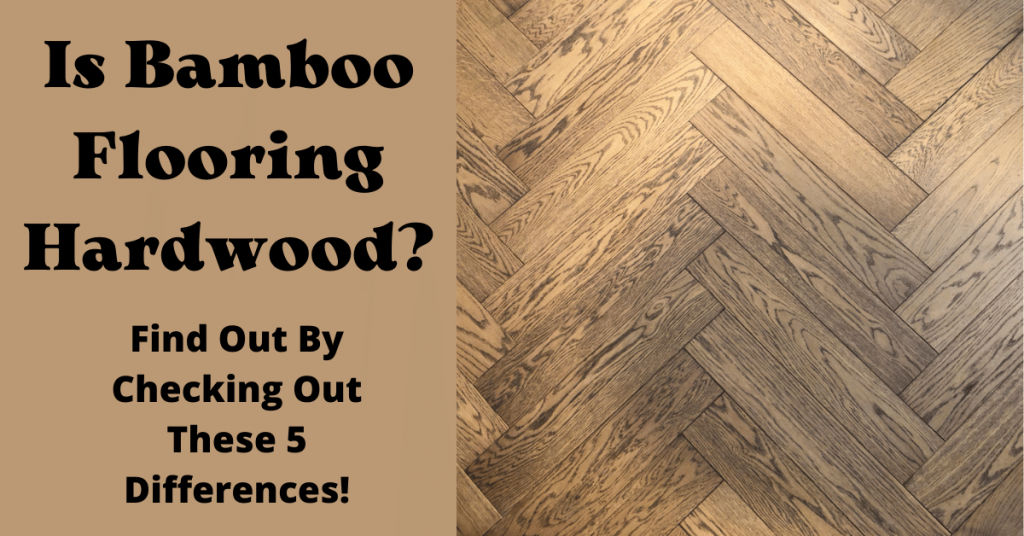
Is Bamboo Flooring Hardwood? Find Out By Checking Out These 5 Differences!
Bamboo flooring is often considered hardwood. I’ll tell you 5 reasons why it is not!
